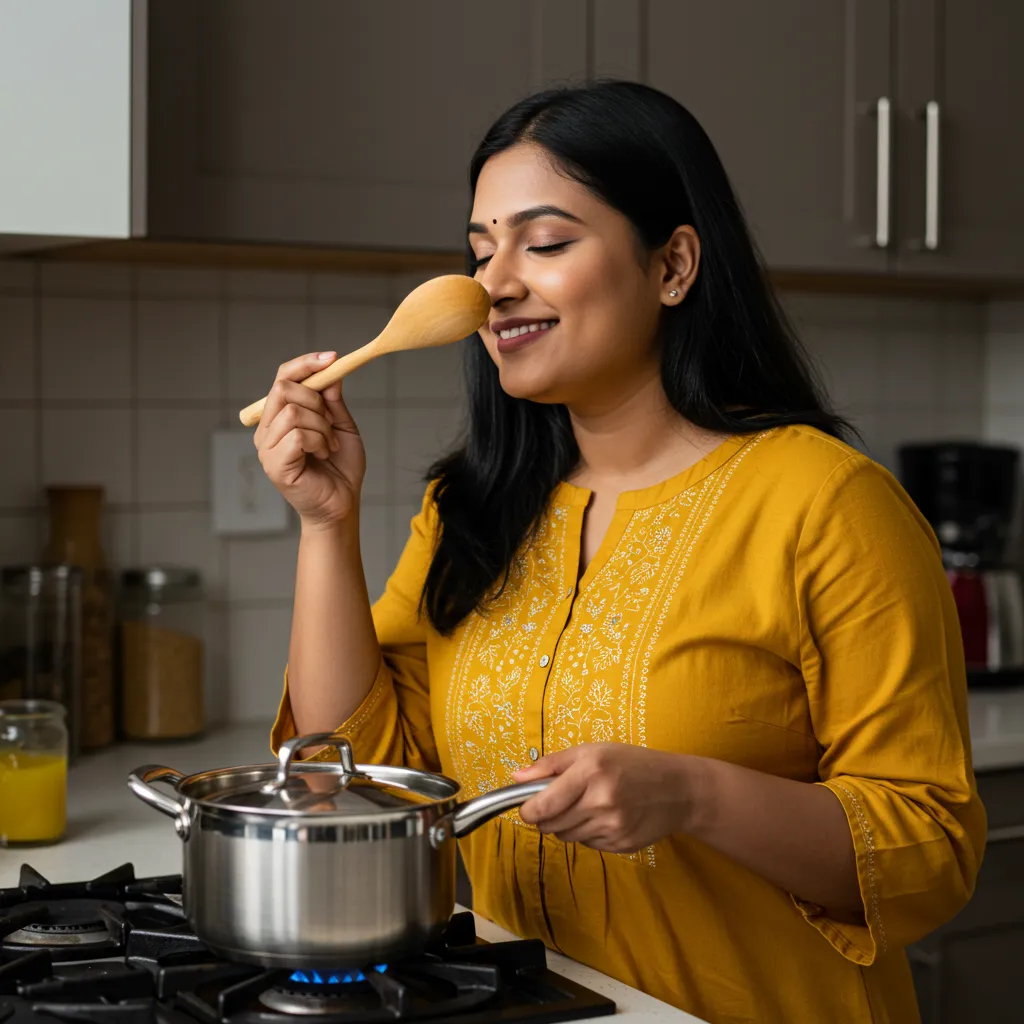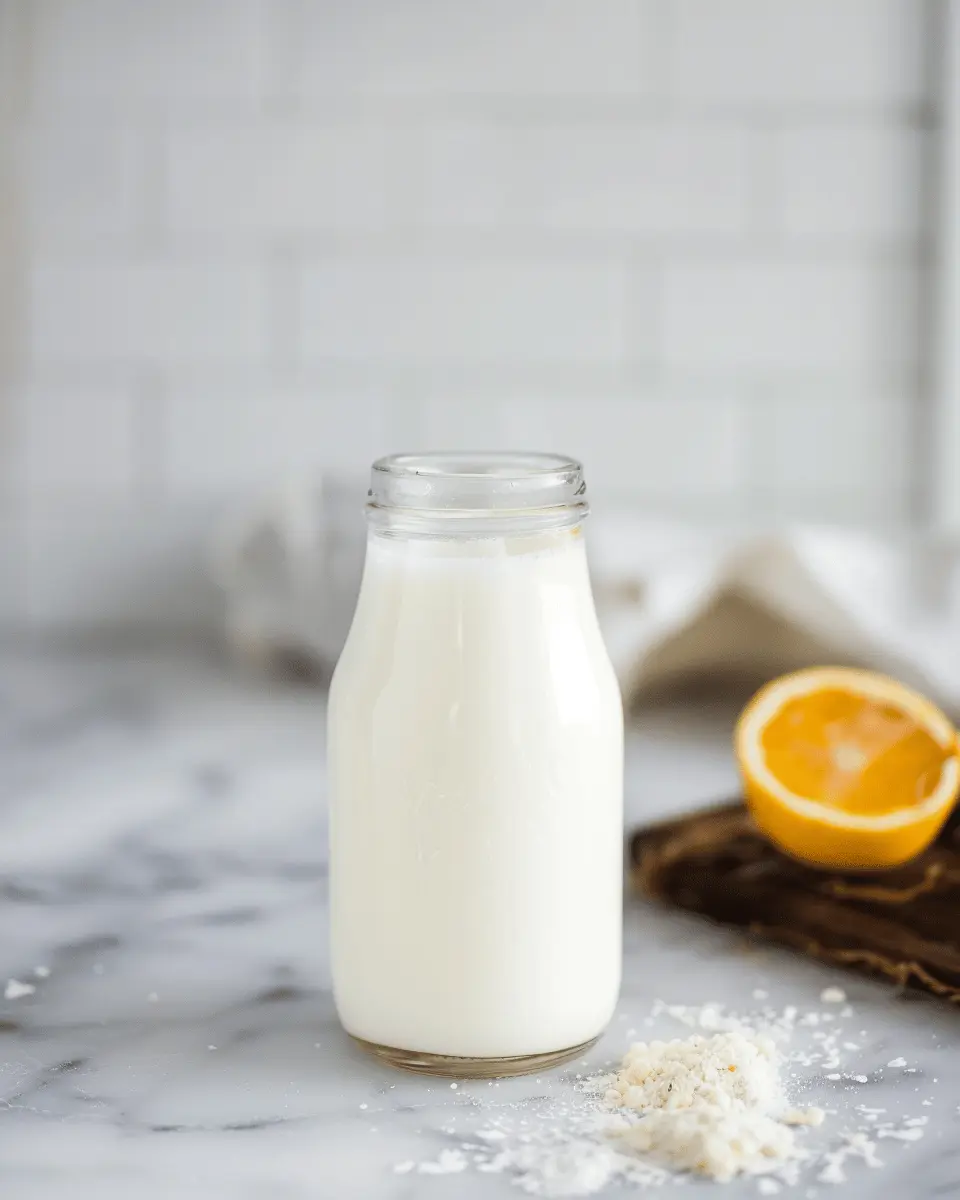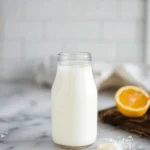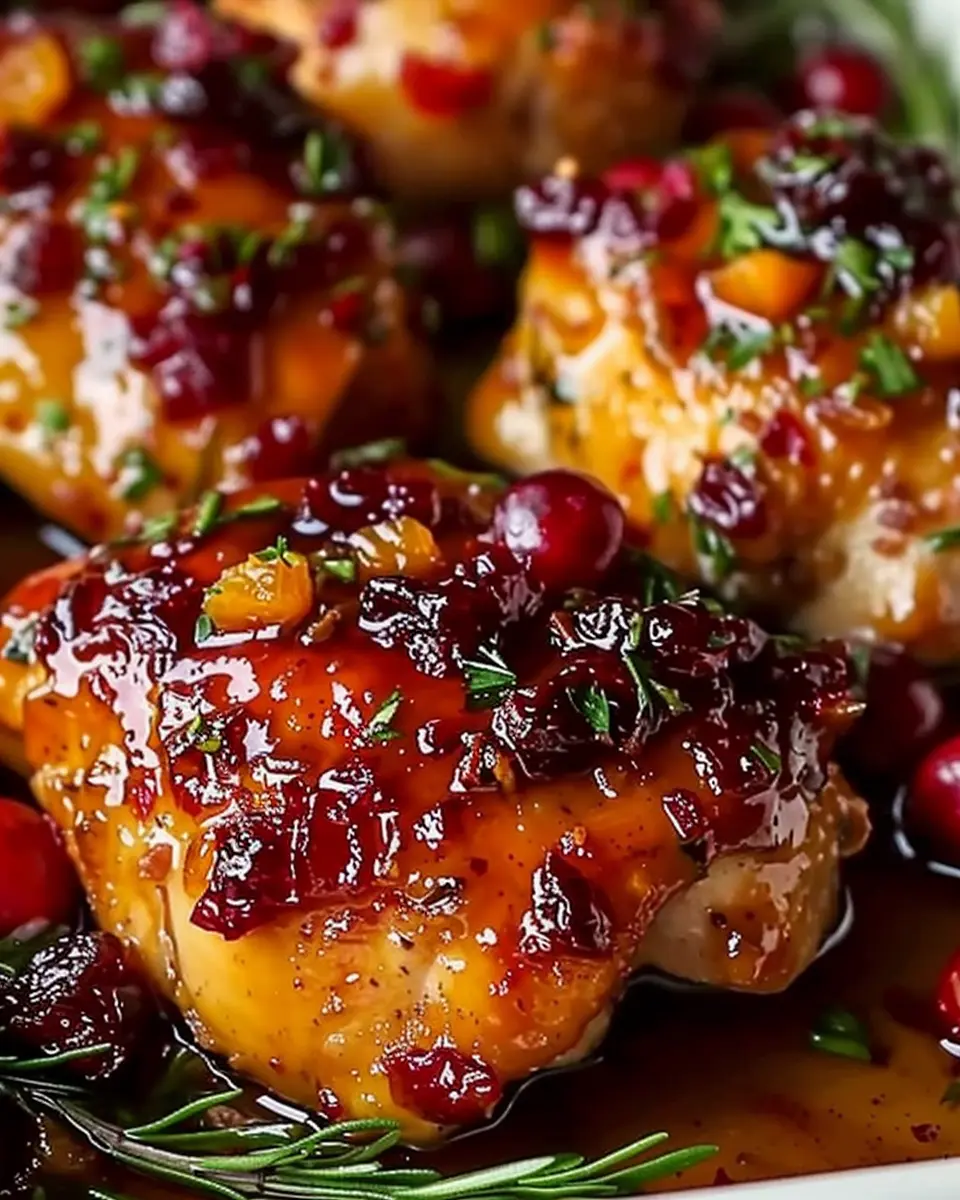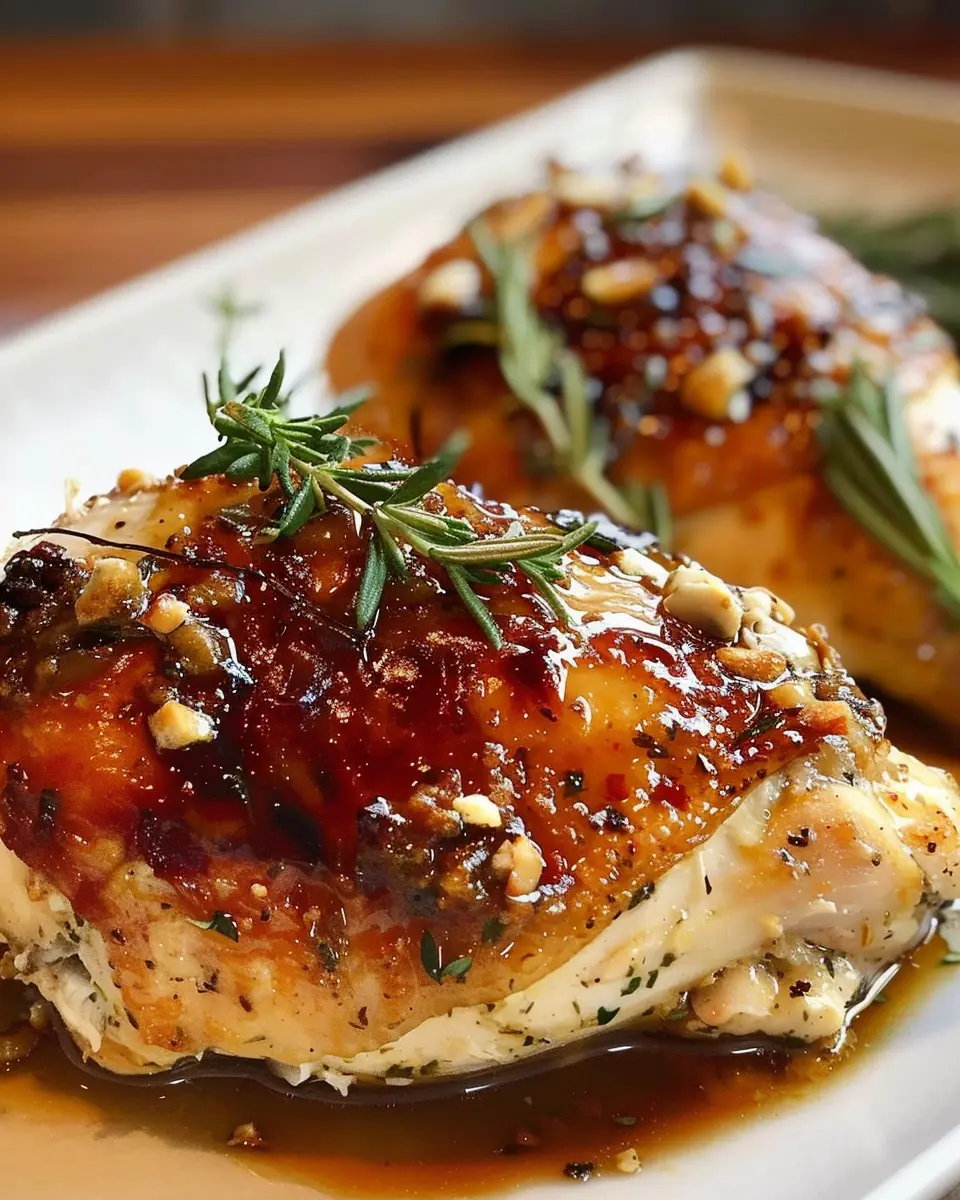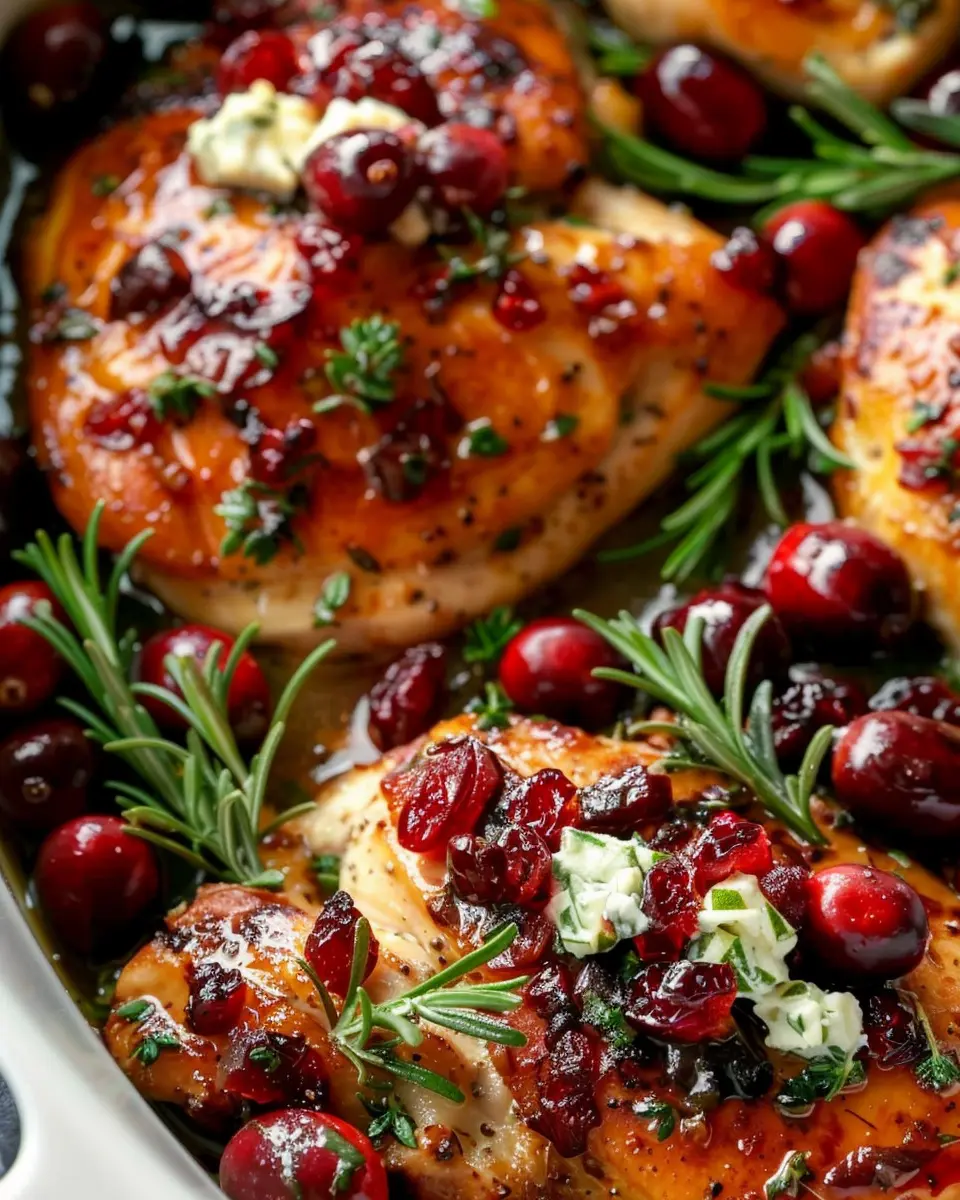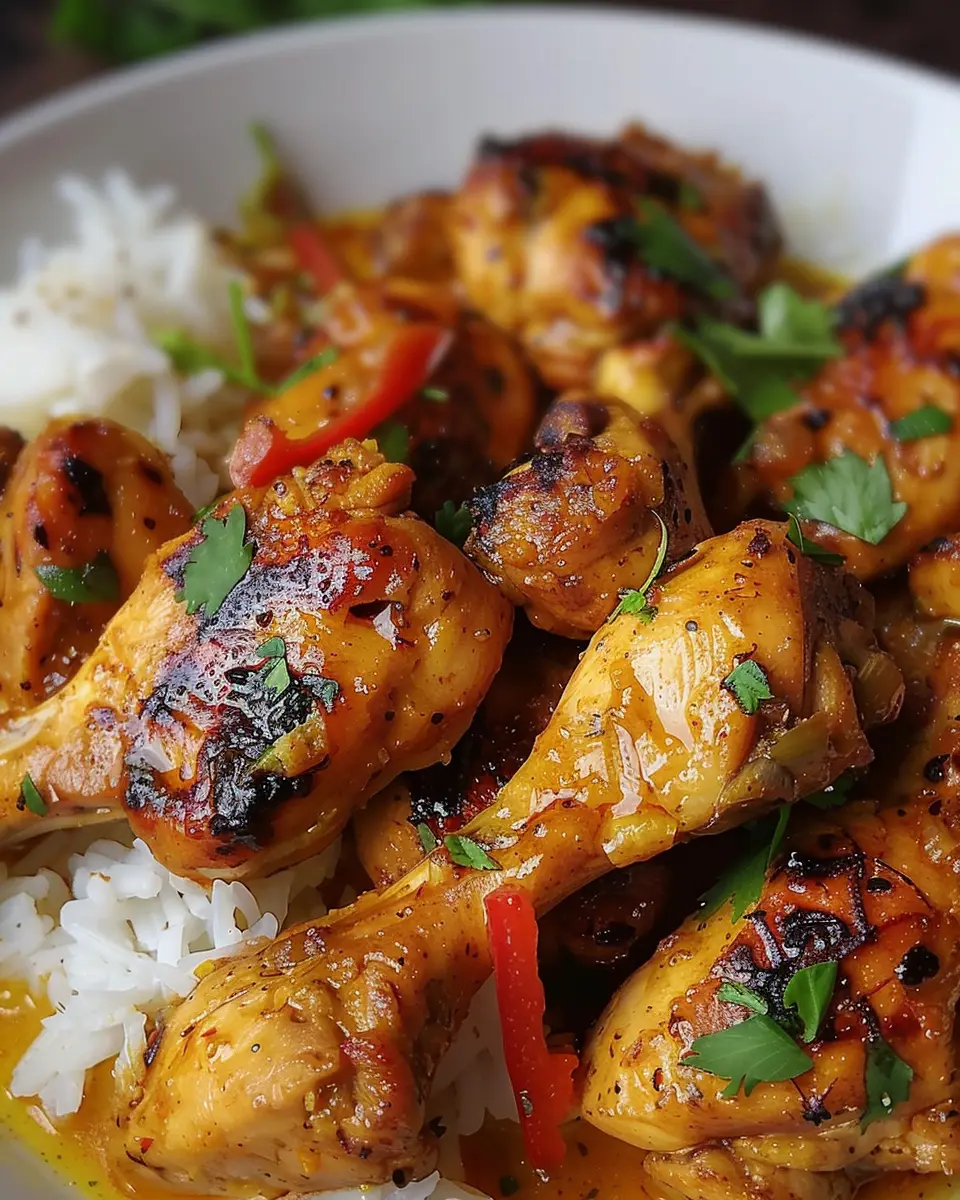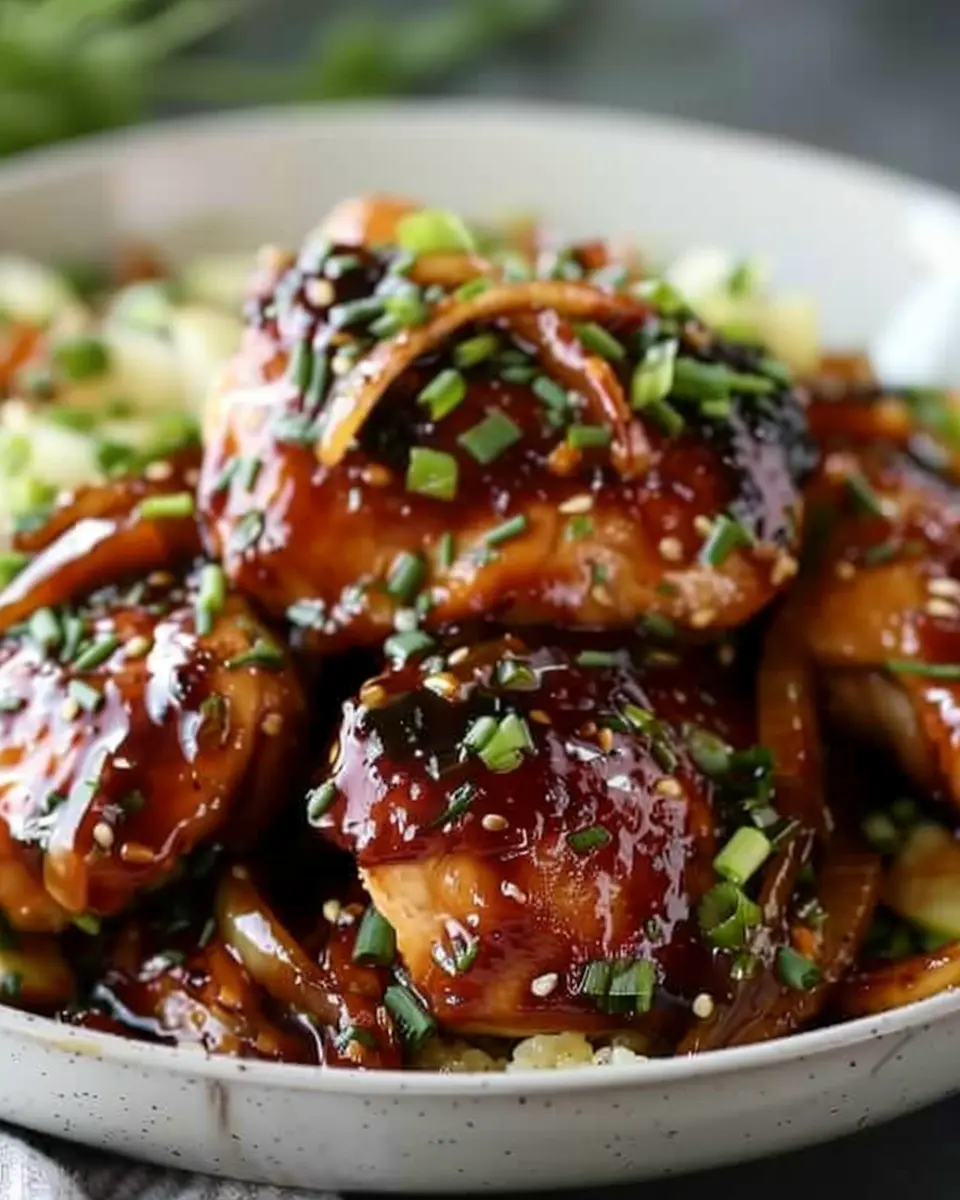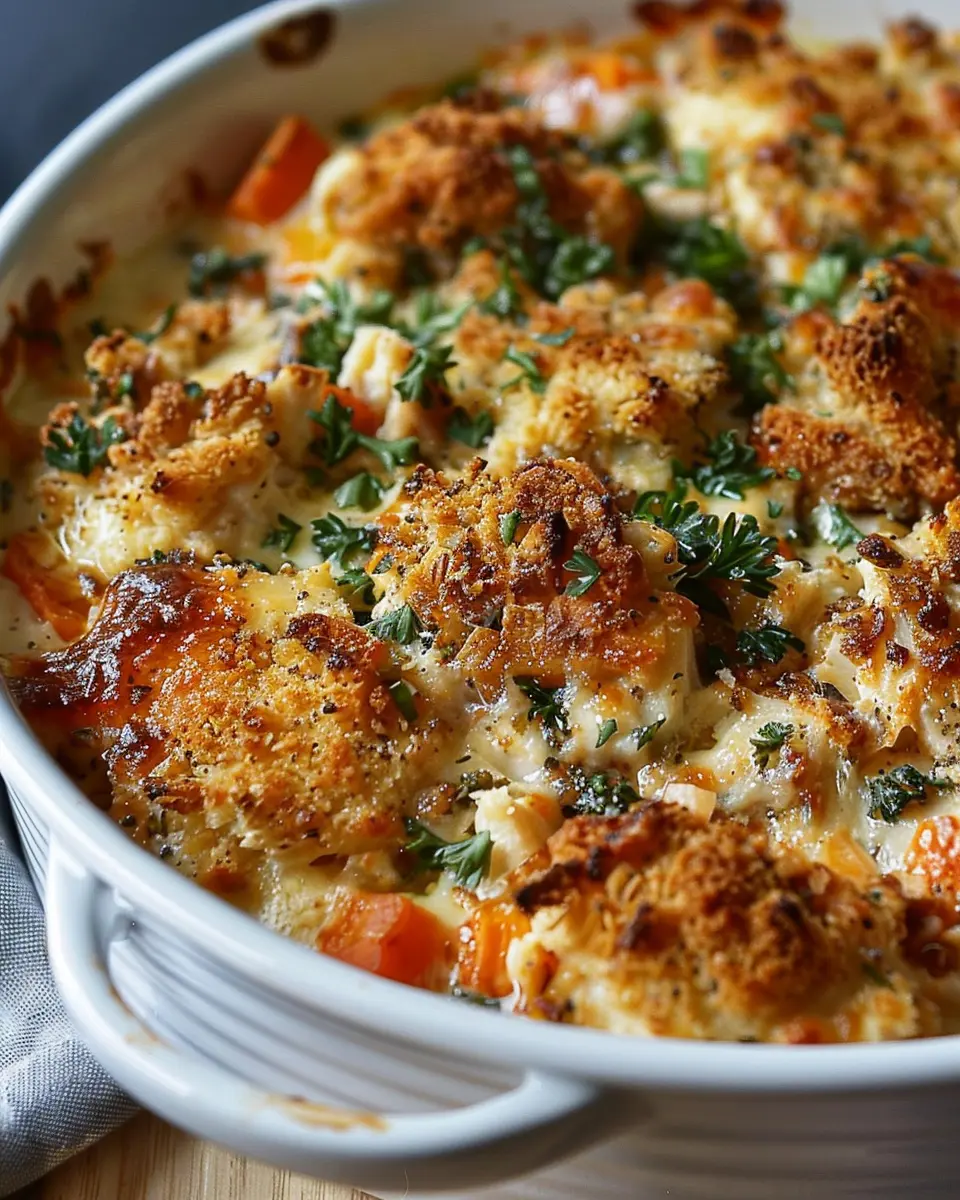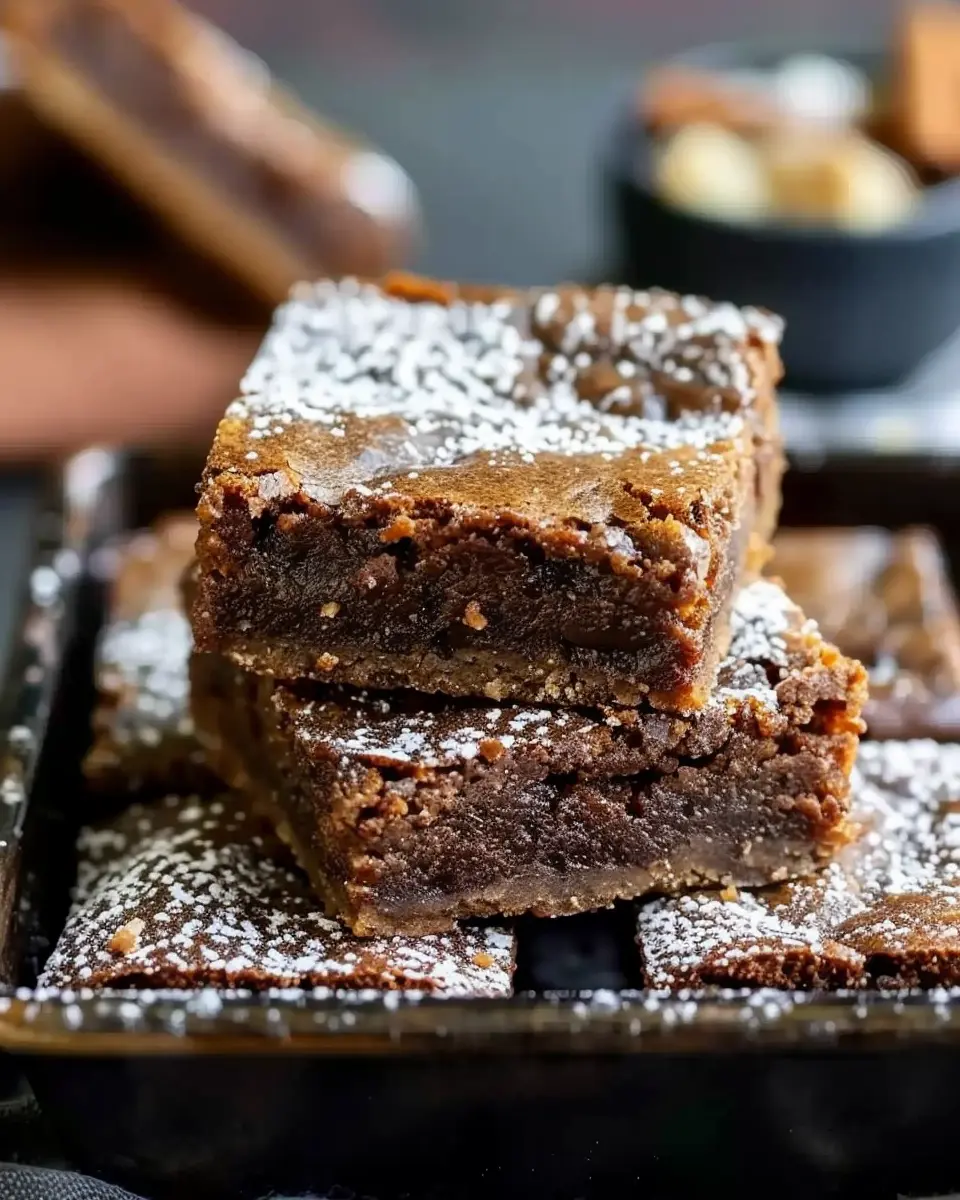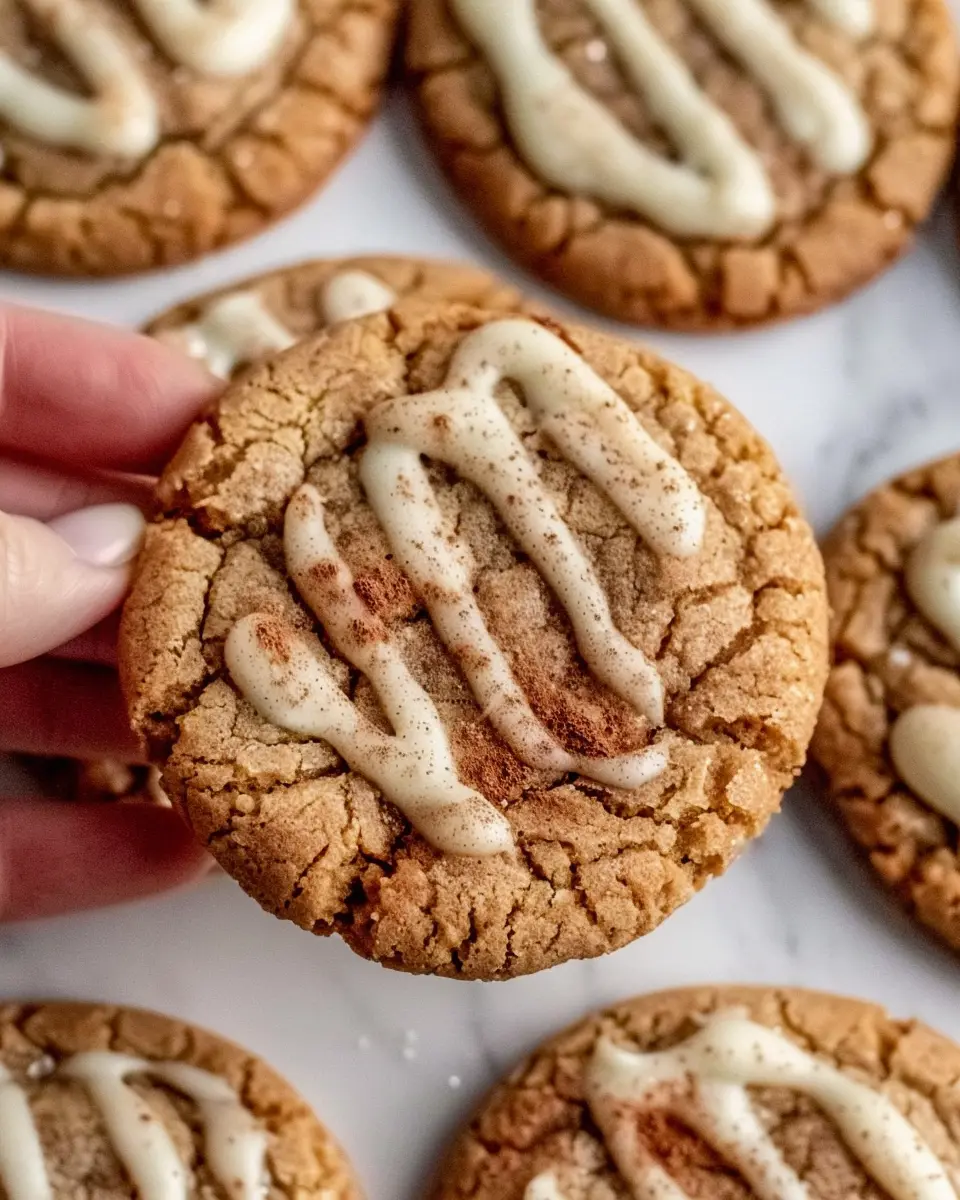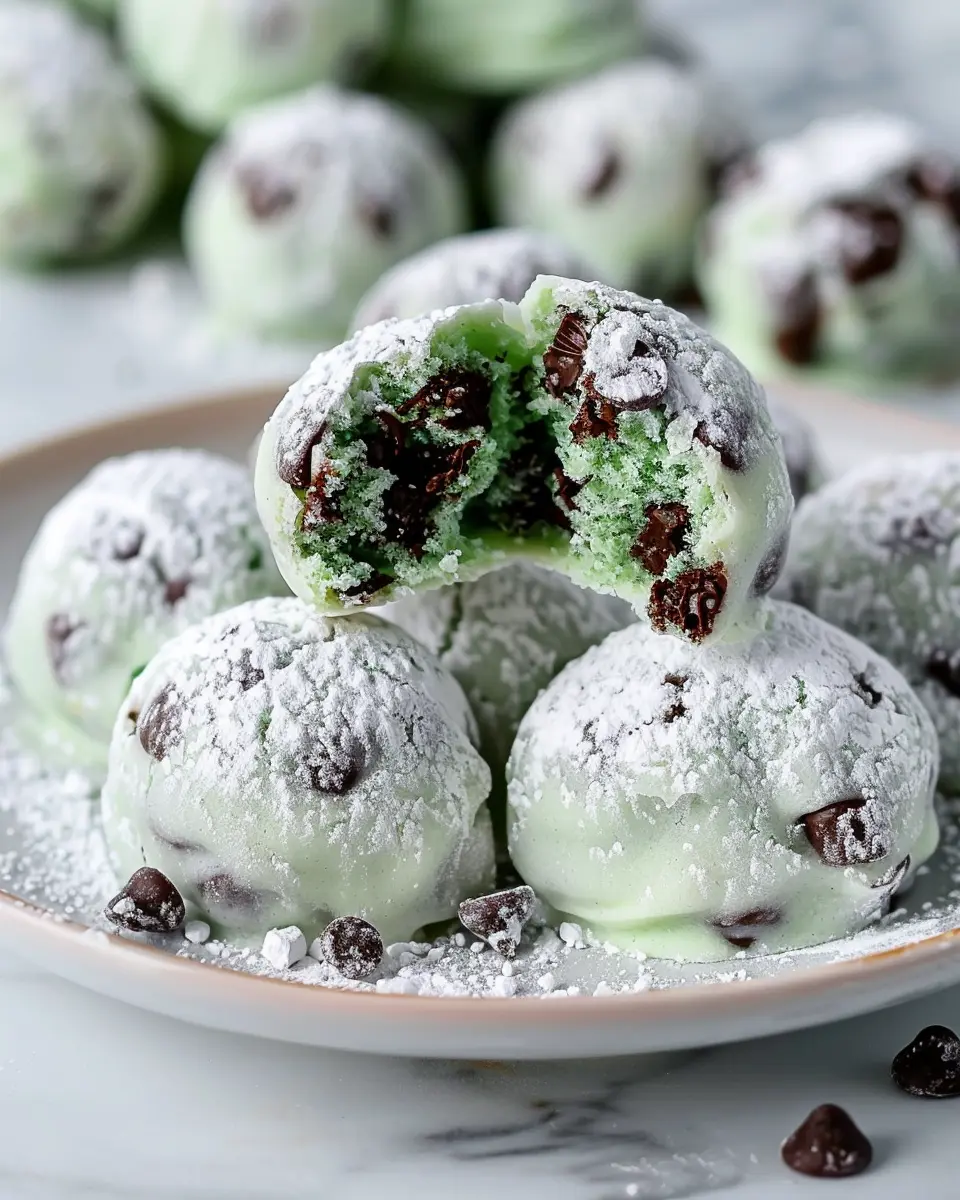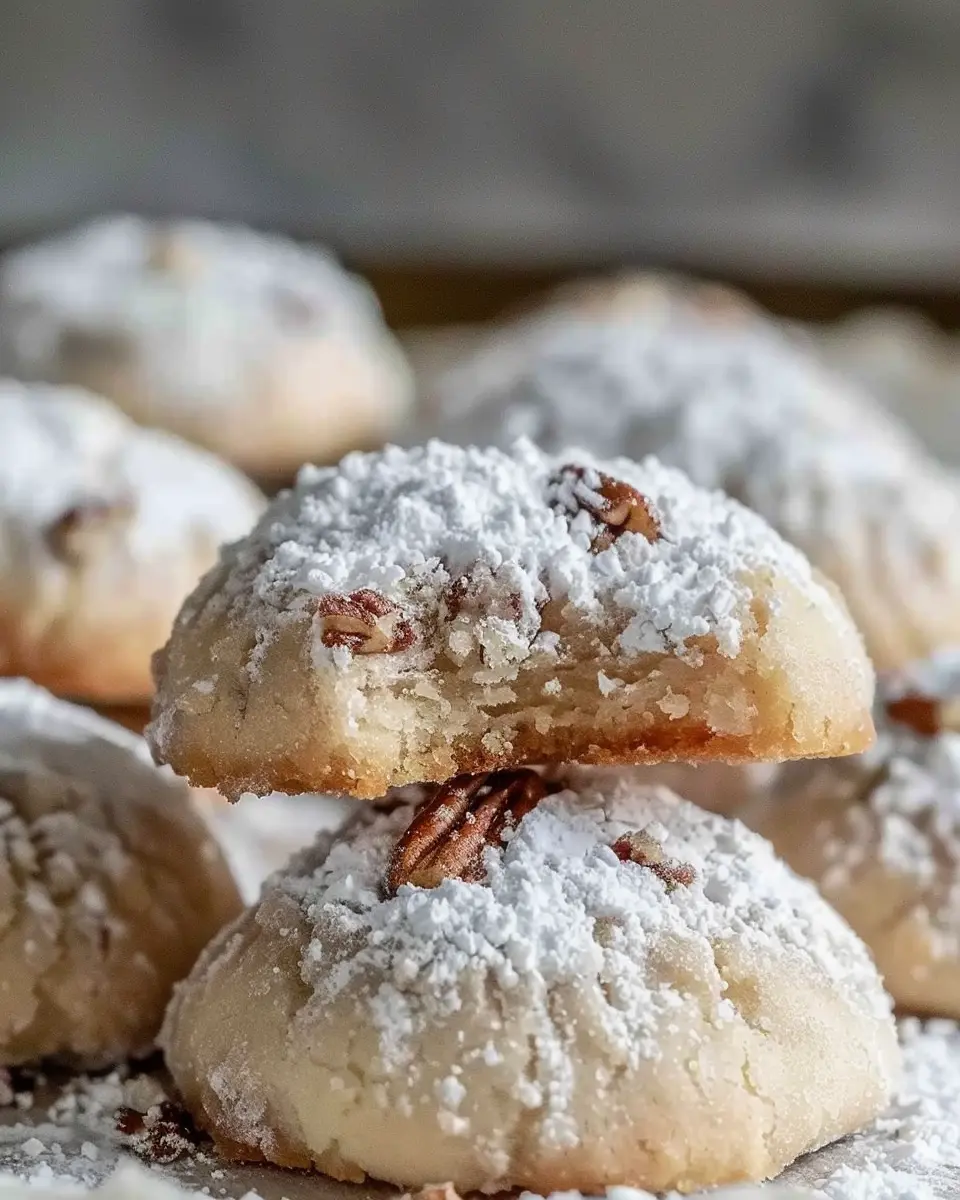Introduction to Buttermilk Recipes
Why Buttermilk? The Magical Ingredient
If you’ve ever baked a batch of fluffy pancakes or whipped up a creamy salad dressing, chances are you’ve encountered buttermilk. This ingredient may sound old-fashioned, but it’s experiencing a delightful resurgence in modern kitchens. Buttermilk isn’t merely a tangy dairy product; it’s a secret weapon that can elevate your cooking and baking to new heights.
So, what makes buttermilk so special? For starters, its tangy flavor adds a depth that complements both sweet and savory dishes. When you use buttermilk in your recipes, you’re not just adding moisture; you’re simultaneously activating baking soda, which helps to create that light and airy texture in baked goods. Plus, it contains fewer calories and less fat than regular milk, making it a healthier option for your favorite comfort foods.
You might wonder, “How can I incorporate this magical ingredient into my meals?” Well, the possibilities are endless! You could whip up a delightful buttermilk recipe like tender fried turkey bacon with a crispy coating, or even try your hand at making luscious buttermilk biscuits to go alongside your favorite chicken ham dish. For a refreshing twist, consider drizzling buttermilk dressing over a mixed greens salad or using it to marinate chicken for a juicy grilled dinner that your guests will rave about.
While buttermilk is often overlooked, it can bring a new life to familiar recipes. According to a study by the National Dairy Council, the probiotic content of buttermilk might even offer digestive benefits. So, not only is it tasty, but it might be good for you too!
If you’re curious about how else to utilize buttermilk in your cooking, I recommend checking out resources like the Kitchn or Serious Eats for inspiration and tips. Embrace this wonderful ingredient, and you’ll soon find your kitchen transformed with flavor and texture in delightful ways!
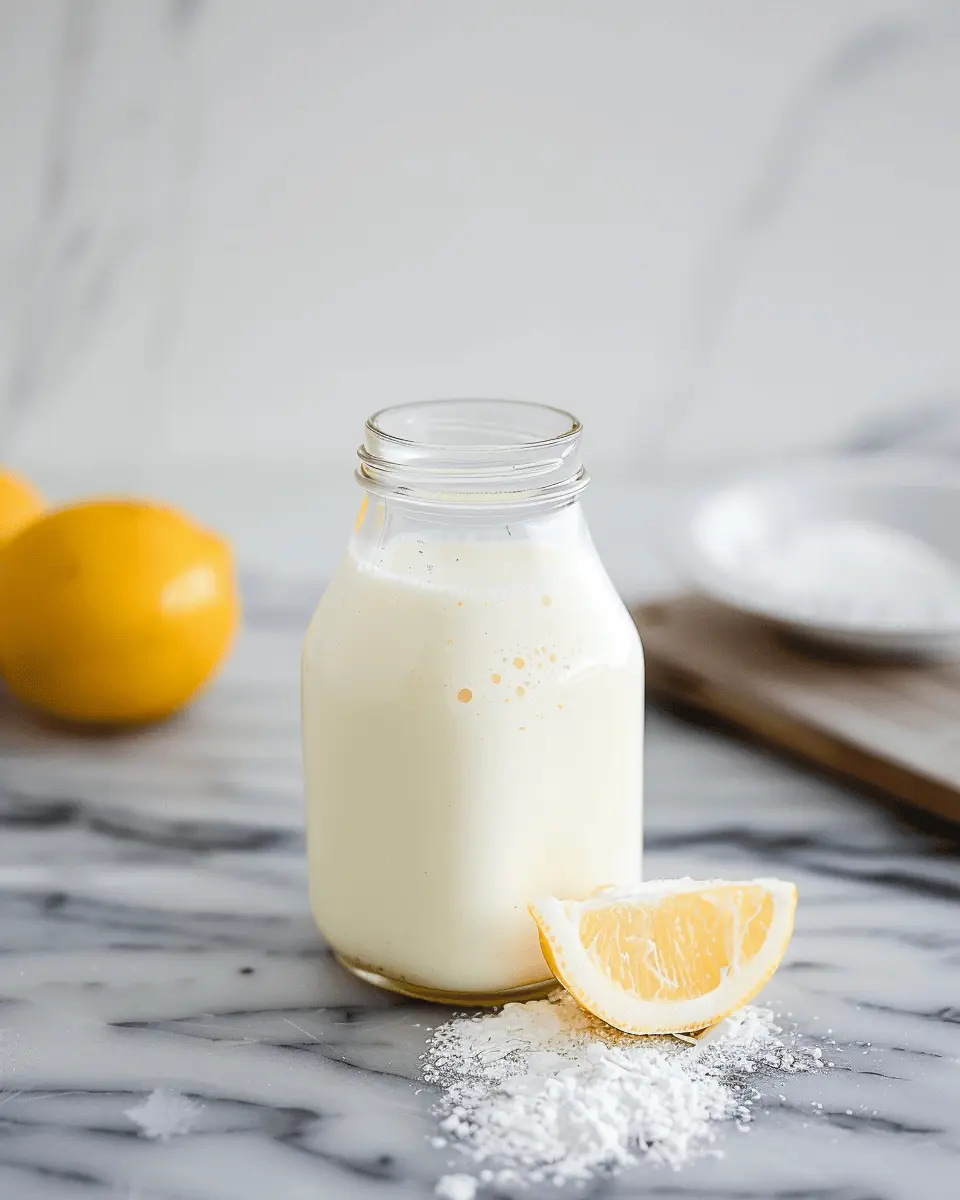
Ingredients for Buttermilk Recipes
Essential components you need
When you dive into a buttermilk recipe, the foundation is straightforward yet essential. Here’s a simple list of ingredients you’ll need to get started:
- Buttermilk: Often found in grocery stores, you can also make your own by adding lemon juice or vinegar to regular milk.
- Flour: All-purpose flour works best for creating that perfect texture in baked goods.
- Baking powder and baking soda: These leavening agents give your baked goods the fluffy rise we all love.
- Eggs: They not only bind your ingredients but also add moisture and richness.
- Salt: Just a pinch elevates the flavors.
Optional add-ins for extra flavor
Now that you have the basics down, why not spice things up a bit? Here are some optional add-ins to enhance your buttermilk dish:
- Herbs: Fresh dill or chives can turn a savory buttermilk pancake into something spectacular.
- Spices: Cinnamon or nutmeg adds a cozy warmth to your batter.
- Sweeteners: A dash of honey or maple syrup can add a delightful sweetness.
- Add-ins: Consider throwing in some blueberries or chopped fruits for a unique twist.
For tips on using buttermilk in various recipes, check out this guide on culinary uses of buttermilk. By combining these essential components and optional flavors, you’re on your way to creating something truly wonderful!
Preparing Buttermilk Recipes
Cooking with buttermilk opens a whole new world of flavor and texture, making it a favorite in many kitchens. Whether you’re preparing pancakes, dressings, or marinades, following a structured process can greatly enhance your results. Let’s dive into the steps for crafting a delicious buttermilk recipe that’s sure to impress!
Gather Your Ingredients
Before you start, make sure you have all your ingredients on hand. This not only streamlines the cooking process but also ensures no surprises along the way. Here’s a basic list to get your kitchen ready:
- Fresh buttermilk (you can make your own by mixing regular milk with vinegar or lemon juice)
- All-purpose flour (or a gluten-free alternative if preferred)
- Baking powder and baking soda (for that perfect rise)
- Salt (just a pinch)
- Eggs (the fresher, the better)
- Optional add-ins: Turkey Bacon, Chicken Ham, or herbs for added flavor
- Your choice of oil or butter for cooking
When you’re prepared, you can focus more on enjoying your time in the kitchen. Don’t forget to check out Healthline’s guide on the health benefits of buttermilk for an extra boost of motivation!
Mix the Wet Ingredients
In a large mixing bowl, start off by combining your wet ingredients. Pour in your fresh buttermilk, then add in the eggs and your preferred oil or melted butter. Whisk these together until smooth; this will be the base of your batter. If you’d like to add flavor, consider mixing in some herbs or spices here.
Why is this step crucial? Well, incorporating your wet ingredients first ensures that they blend seamlessly with the dry ones later on. Plus, this is where the magic happens—each ingredient plays a role in the overall flavor profile of your buttermilk recipe.
Combine the Dry Ingredients
In another bowl, mix your dry ingredients: flour, baking powder, baking soda, and salt. Whisk them together well. This step is essential for even distribution of the leavening agents, ensuring a consistent rise and texture throughout your dish.
Feel free to add any dry spices you enjoy—thyme, oregano, or even a hint of garlic powder can elevate your dish further. You won’t just be following a recipe; you’ll be creating something uniquely yours!
Create the Batter or Mixture
Next, it’s time to combine your wet and dry ingredients. Pour the wet ingredients into the bowl of dry ingredients and gently fold them together. The goal here is to mix just until the ingredients are combined. Overmixing can lead to a tough final product, which is not what we’re after.
If you’re adding Turkey Bacon or Chicken Ham, this is the moment to fold them in gently, being careful not to break them up too much. Can you smell that delicious aroma already?
Bake or Cook to Perfection
Now that you have your batter ready, it’s time to put it to work! Whether you’re frying up some buttermilk pancakes, baking muffins, or making savory fritters, your next step involves the right cooking method.
- For pancakes, preheat your skillet to medium heat and add a small amount of oil or butter. Pour batter onto the skillet and let nature take its course—watch for bubbles to start forming before flipping!
- For baking, preheat your oven to the appropriate temperature and pour your mixture into greased pans. Watch them closely, and remember to do the toothpick test!
Cooking times will vary based on your recipe, so keep an eye on them to ensure they come out perfectly golden.
By following these steps thoroughly, you’re well on your way to mastering various buttermilk recipes. And remember, cooking is as much about experimentation as it is about following recipes—so don’t hesitate to make adjustments as you go. Happy cooking!
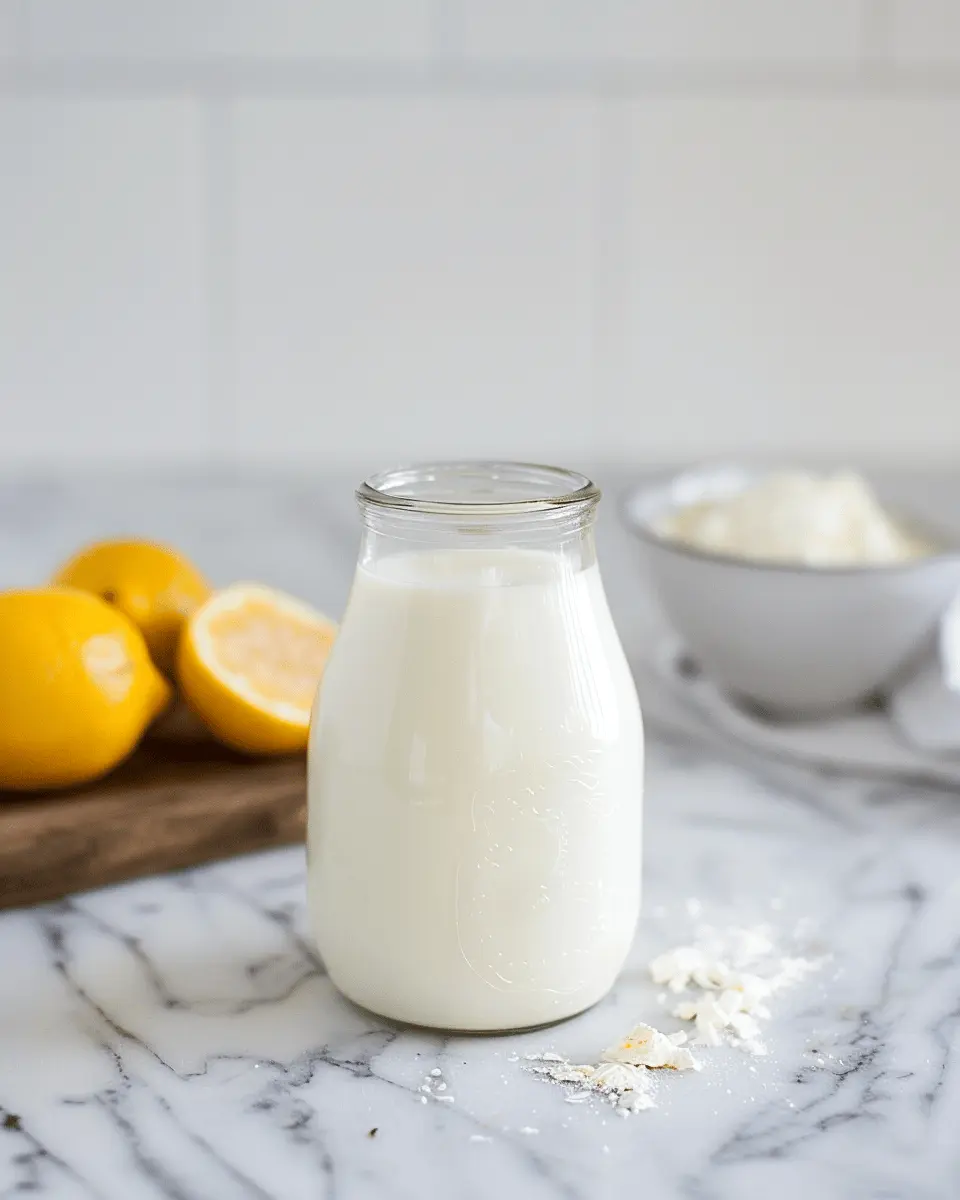
Variations on Buttermilk Recipes
When it comes to buttermilk recipes, the possibilities are endless! This versatile ingredient can elevate both savory dishes and sweet treats, making it a favorite in many kitchens. Let’s explore some delicious variations.
Savory Delights: Buttermilk Chicken and Pancakes
One of my favorite savory options is buttermilk chicken. Soaking chicken breasts in a buttermilk mixture not only tenderizes the meat but also infuses it with flavor. Mix in spices like paprika, garlic powder, and a hint of cayenne for a kick. After marinating, grill or bake the chicken for a succulent dish that’s perfect for weeknight dinners.
And let’s not forget about buttermilk pancakes. These light and fluffy delights are often a weekend breakfast staple. The acidity of the buttermilk creates a tender texture, making each bite melt in your mouth. Top them with fresh berries, honey, or a drizzle of maple syrup for a delicious start to your day. If you’re interested in a specific buttermilk pancake recipe, check out this collection of breakfast ideas.
Sweet Treats: Buttermilk Biscuits and Cakes
On the sweeter side, buttermilk biscuits offer a delightful combination of flakiness and richness. They pair beautifully with Turkey Bacon or Chicken Ham for a satisfying brunch option. Don’t overlook the buttermilk cake. This moist, tender cake is perfect for celebrations and can be topped with cream cheese frosting for an extra touch of indulgence.
While experimenting with buttermilk, remember that it acts as a natural leavening agent, contributing to the rise and texture of your baked goods. This ingredient truly shines in recipes, bringing out the wonderful flavors in each bite. For more buttermilk cake variations, feel free to visit Baker’s Journal.
Are you excited to try some of these variations? Whether for meals or desserts, buttermilk can transform your cooking experience!
Cooking tips and notes for Buttermilk Recipes
Texture and flavor enhancements
When diving into a buttermilk recipe, one of the best ways to elevate its texture and flavor is to incorporate fresh herbs like chives or dill. These add a lovely freshness that complements the tanginess of buttermilk beautifully. For baked goods, consider using cake flour instead of all-purpose flour for a lighter crumb.
Adding a pinch of baking soda can also enhance the fluffiness of pancakes and biscuits, reacting with the acidity of the buttermilk to create a delightful rise.
Common pitfalls to avoid
Navigating buttermilk recipes can be a breeze if you’re mindful of a few tricky spots:
- Room temperature matters: Always bring your buttermilk to room temperature before mixing, especially in baked goods. It helps create a smoother batter.
- Don’t skip the acid: Remember, while buttermilk is tangy, avoid the temptation to cut out additional acidic components like lemon juice or vinegar. They work together to deepen flavor.
- Avoid overmixing: A light touch is essential. Overmixing can lead to dense textures, especially in things like pancakes or muffins.
By keeping these tips in mind, you’re well on your way to creating buttermilk dishes that impress! For more insights on maximizing buttermilk’s potential, check out the Food Network for creative ideas.
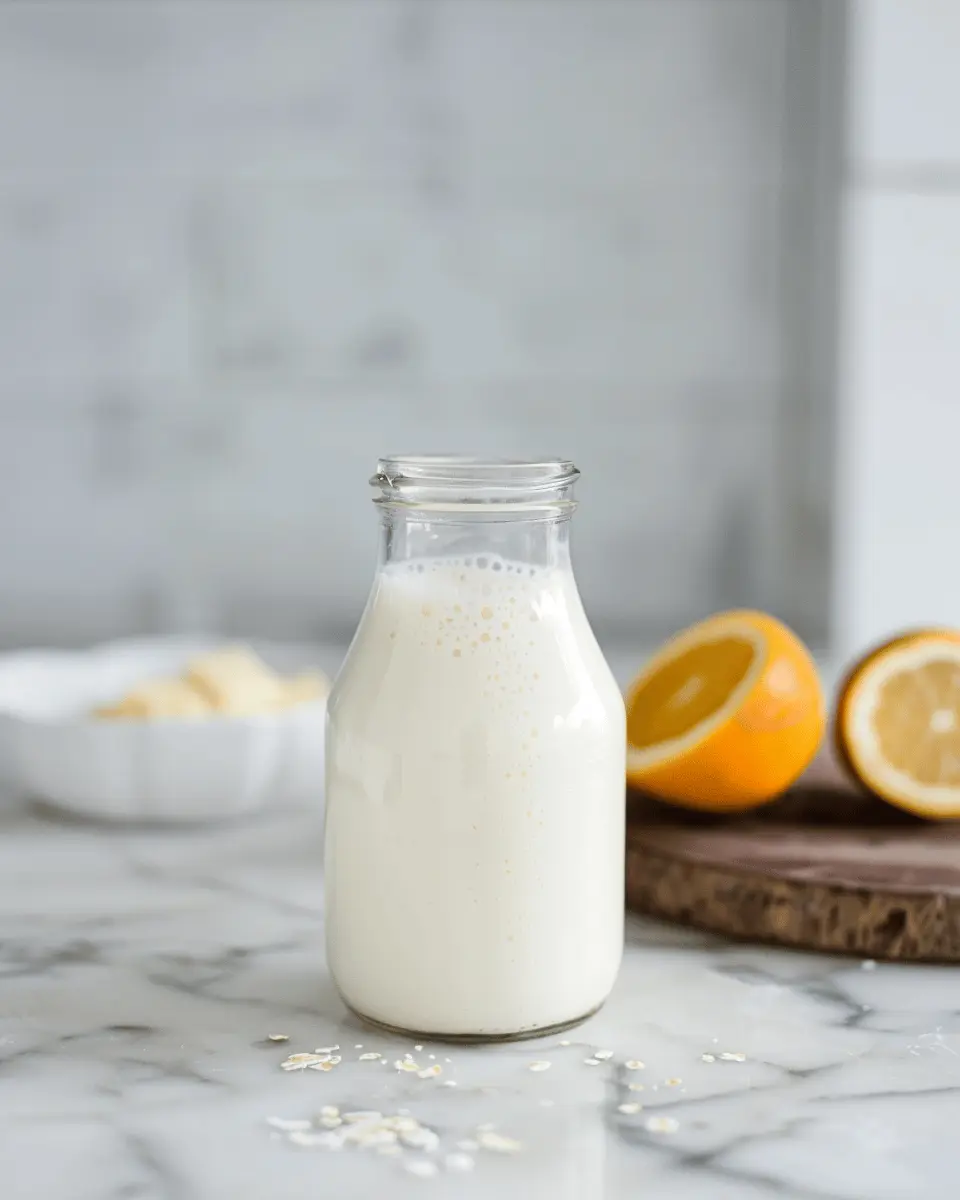
Serving Suggestions for Buttermilk Recipes
Pairing with Sides or Toppings
When it comes to buttermilk recipes, finding the perfect sides or toppings can elevate your dish to the next level. Here are some delicious ideas to consider:
- Roasted Vegetables: Caramelized Brussels sprouts or sweet potatoes bring a lovely contrast to the tanginess of buttermilk.
- Turkey Bacon Strips: Crispy turkey bacon adds a savory crunch that complements buttermilk pancakes or waffles beautifully.
- Chicken Ham: A slice of tender chicken ham can make a great side with buttermilk biscuits or scones.
- Herbed Yogurt Sauce: A drizzle of herbed yogurt can add a refreshing touch to fried chicken made with buttermilk marinade.
Creative Serving Ideas for Gatherings
Hosting a gathering? Consider serving your buttermilk recipe in creative ways:
- Buttermilk Bar: Set up a DIY buttermilk pancake bar with an array of toppings like fruit compotes, maple syrup, and whipped cream. Guests will love customizing their plates.
- Mini Buttermilk Cupcakes: Bake bite-sized buttermilk cupcakes topped with cream cheese frosting—perfect for snacking!
- Savory Buttermilk Dips: Make delicious dips using buttermilk for veggies or chips. Pair with a selection of fresh herbs and spices for a gourmet touch.
With these serving suggestions, your buttermilk recipes will shine at any event! For more inspiration, check out Food Network for a wealth of ideas.
Time breakdown for Buttermilk Recipes
Preparation time
When diving into any buttermilk recipe, the preparation time often sets the tone for the entire cooking experience. Typically, you’ll spend about 10-15 minutes gathering your ingredients and mixing them together. If you’re making a homemade buttermilk substitute, that could take just a few minutes more—mixing milk with vinegar or lemon juice!
Cooking time
Cooking times can vary widely depending on the specific dish you’re whipping up. For example, if you’re making fluffy buttermilk pancakes, you’ll need around 10-15 minutes on the stovetop. On the other hand, a buttermilk chicken dish might take up to 30-40 minutes.
Total time
In total, expect to dedicate roughly 30-60 minutes from start to finish for most buttermilk recipes. It’s a small investment for the delightful flavors and textures you’ll create! Whether you’re whipping up a quick breakfast or preparing a soothing dinner, timing is key to ensuring that everything turns out just right.
For more tips on mastering the timing of your dishes, check out resources from Bon Appétit and Serious Eats. Enjoy your cooking adventure!
Nutritional Facts for Buttermilk Recipes
Calories per Serving
When indulging in a buttermilk recipe, you’ll find a serving typically contains around 100 calories. This makes it a great choice for those looking to enjoy rich flavors without overloading on calories. Plus, incorporating buttermilk into your meals can be a delightful way to keep your dishes light and wholesome.
Important Nutrients
Buttermilk is more than just a flavorful addition; it’s packed with essential nutrients that can elevate your cooking. Here are the key nutrients found in buttermilk:
- Calcium: Vital for strong bones and teeth, one cup of buttermilk can provide nearly 30% of your daily calcium needs.
- Vitamin B12: Important for energy production and brain health, buttermilk can be a fantastic source.
- Riboflavin: This B vitamin is crucial for energy metabolism and helps keep your skin healthy.
- Protein: With around 8 grams per serving, it’s an excellent way to contribute to your daily protein intake without added fat.
So, the next time you whip up your favorite buttermilk recipe, rest assured that you’re not only treating your taste buds but also nourishing your body. For more on the health benefits of buttermilk, check out this Healthline article.
Curious about how to incorporate buttermilk into your meals? Let’s dive into some delicious recipes that showcase this versatile ingredient!
FAQs about Buttermilk Recipes
Can I substitute buttermilk with regular milk?
Absolutely! If you’re in a pinch and don’t have buttermilk handy, you can substitute it with regular milk. Add a tablespoon of vinegar or lemon juice to one cup of milk, stir, and let it sit for about 5 minutes until it thickens. This homemade version closely mimics the tangy flavor of buttermilk. For more guidance on substitutions, check out resources like The Kitchn.
How do I make homemade buttermilk?
Making your own buttermilk at home is simple and requires just a couple of ingredients. Here’s how:
- Ingredients: 1 cup of milk (preferably whole or 2%) and 1 tablespoon of white vinegar or lemon juice.
- Instructions: Combine the milk and vinegar or lemon juice in a bowl. Let it sit for about 5-10 minutes, and voilà—your homemade buttermilk is ready to enhance your buttermilk recipe!
What dishes benefit most from buttermilk?
Buttermilk is a game-changer for many dishes, especially those requiring a little extra flavor and moisture:
- Pancakes and Waffles: The tanginess results in lighter, fluffier textures.
- Baked Goods: Muffins, cakes, and scones achieve a delightful moistness.
- Dressings and Marinades: Buttermilk adds creaminess and a subtle acidity to dressings, particularly for salads—think buttermilk ranch dressing or marinade for chicken.
Whether you’re whipping up a delicious batch of buttermilk pancakes or experimenting with savory dishes, this versatile ingredient will elevate your culinary creations. If you want to explore more ideas, websites like Bon Appétit offer a plethora of buttermilk recipes sure to inspire. Happy cooking!
Conclusion on Buttermilk Recipes
Embracing Homemade Goodness
Let’s wrap up our buttermilk journey with a nod to the goodness of homemade cooking. Exploring various buttermilk recipes is not just about feeding yourself; it’s about connecting with flavors that elevate everyday meals. Whether you whip up fluffy pancakes or savory muffins, each recipe brings a unique twist to your table.
Have you ever tried making your own buttermilk at home? It’s simpler than you might think and can lead to an adventurous range of flavors in your dishes. Plus, the satisfaction of creating something from scratch is unbeatable. Remember, cooking with love and a dash of creativity is the key to delicious meals.
For more ideas, you might want to check out the benefits of cooking at home, or explore how to maximize flavor with buttermilk. Happy cooking!
PrintButtermilk Recipe: Indulgent Turkey Bacon and Chicken Ham Delight
A delicious recipe featuring buttermilk, turkey bacon, and chicken ham.
- Prep Time: 10 minutes
- Cook Time: 20 minutes
- Total Time: 30 minutes
- Yield: 2 servings 1x
- Category: Main Dish
- Method: Baking
- Cuisine: American
- Diet: Gluten-Free
Ingredients
- 1 cup buttermilk
- 4 slices turkey bacon
- 2 chicken ham slices
- 2 tablespoons olive oil
- 1 teaspoon black pepper
Instructions
- Preheat the oven to 375°F (190°C).
- Mix buttermilk, black pepper, and olive oil in a bowl.
- Coat turkey bacon and chicken ham in the buttermilk mixture.
- Place on a baking sheet and bake for 20 minutes.
- Serve warm with your favorite side dish.
Notes
- Feel free to add spices as desired.
- Pair with a salad for a complete meal.
Nutrition
- Serving Size: 1 serving
- Calories: 320
- Sugar: 1g
- Sodium: 600mg
- Fat: 20g
- Saturated Fat: 5g
- Unsaturated Fat: 10g
- Trans Fat: 0g
- Carbohydrates: 4g
- Fiber: 0g
- Protein: 30g
- Cholesterol: 80mg
Keywords: buttermilk, turkey bacon, chicken ham, recipe
